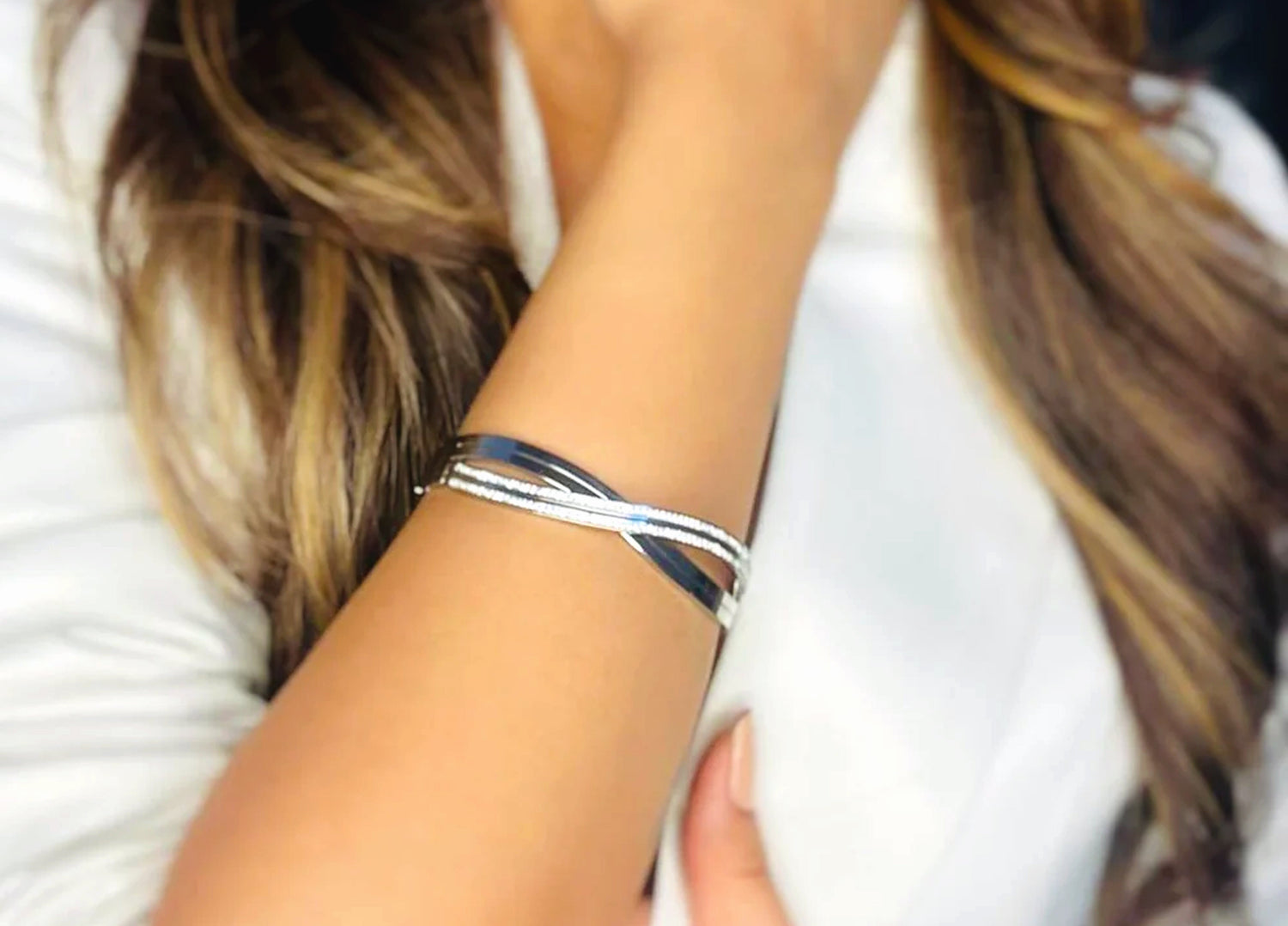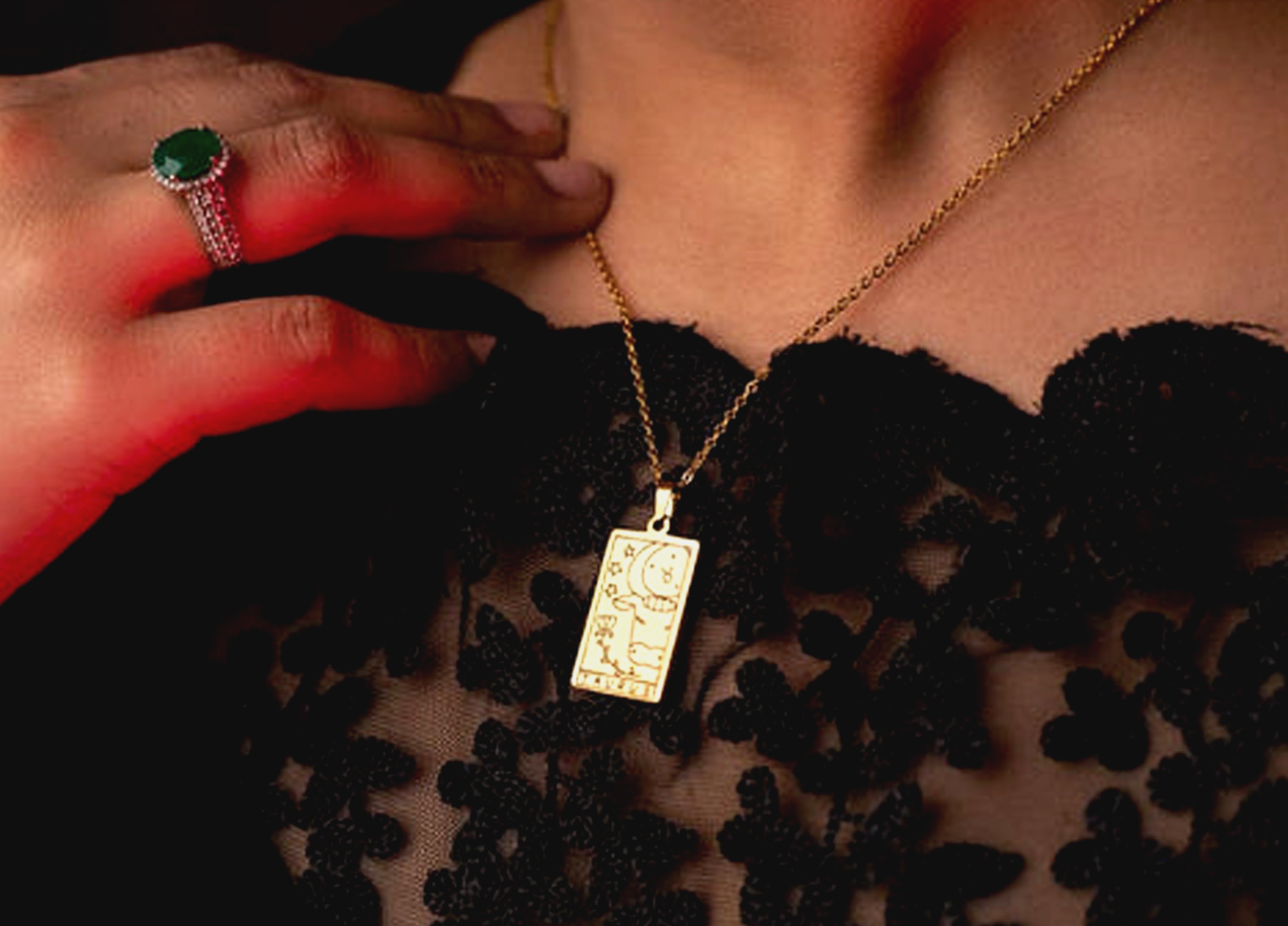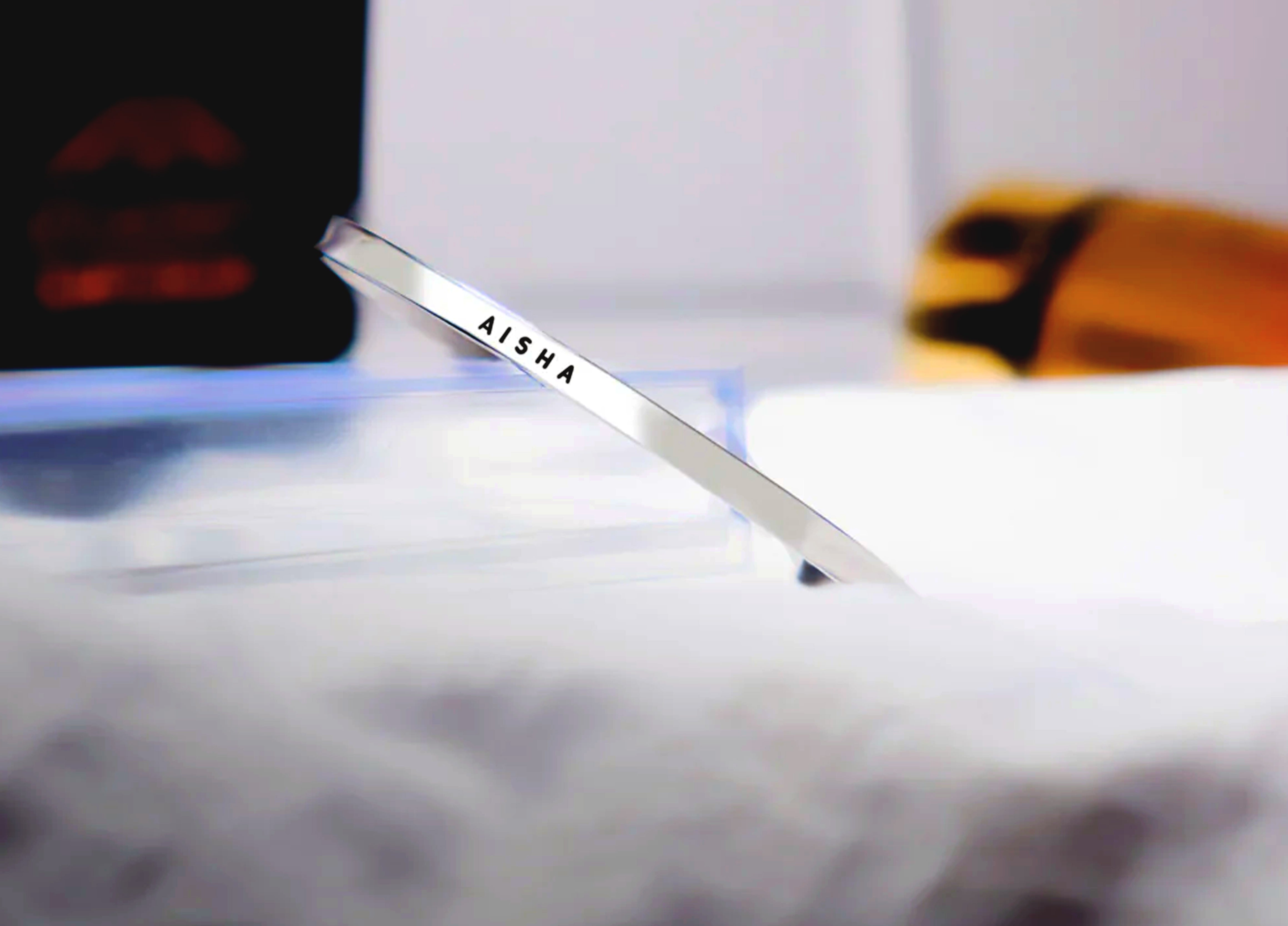Royal jewellery narrates stories of power, prestige, and tradition, transcending time to narrate stories of kingdoms and empires. Royal jewellery combines history with emotion from majestic crowns to personalized name bracelets and couple bracelets, every item communicates an eternal love story, legacy, and royal identity. These opulent accessories, which were crafted with rare gemstones, intricate artistry, and deep symbolism, have historically served as personal ornaments and political statements, where royal sovereigns and empresses asserted their rights over specific territories. Be it stored in the crowns of European monarchs, passed down through the line of the Indian maharajas, or donned on the regal foreheads of ancient Egyptian queens, royal jewellery engages in a weaving of rich cultural, historical, and emotional significance.
Each object readily tells a story about an era-giving us clues to the tastes of the time, international relations, and grand ceremonial rituals. From the famous Crown Jewels of the British crowns to the exquisite treasures of Nizam in Hyderabad, these royal collections epitomize the finest artistry of all mankind and its seemingly unyielding desire to imprint wealth and legacy in physical form. These jewels are more than ornaments; they are storytellers of romance, rivalry, conquest, and continuity.
The treasure of royal jewellery is not limited to mere exhibitions or royal vaults. It is still alive in contemporary fashion, inspiring present-day designers and collectors and historians alike. It evokes imagination when preserved from time to time behind a glass wall before a public audience, linking life to the bygone world of imperial gentility. Truly, the history to be found in royal jewellery would enthral not only keepers of beauty but their sparkling historical tale shaped by gold, gems, and the everlasting aura of royalty.
A Timeless Symbol of Power and Heritage
Jewels royal have never just been adornments. They are a potent sign of status, power, family, and heritage. From the pomp of the British Crown Jewels to the lavishness of Mughal palaces, jewellery has served as the dramatist of successes, weddings, diplomacy, and deities. Each item, from a jewelled crown to a neckpiece encrusted with gems, holds centuries of history within its ornamentation.
Made from the most precious materials gold, platinum, emeralds, rubies, and diamonds royal jewellery is the epitome of craftsmanship in its era. These pieces were frequently presented as gifts or worn on coronations, weddings, and state occasions, not only to awe, but to consolidate legitimacy and cultural identity.
Intimate Jewels with Contemporary Feeling
Although historical pieces continue to be at the core of royal collections, contemporary royals have increasingly adopted jewellery imbued with personal significance. Couple bracelets are perhaps the most sought-after pieces of contemporary jewellery. Simple, understated pieces of jewellery, they are frequently traded between royal couples as signifiers of togetherness, devotion, and love. Frequently low-key, these pieces are deeply emotive, revealing glimpses into the private lives behind the palace walls.
Equally, personalized name bracelets have become a fusion of heritage and luxury. With loved ones' names, children, or even birth dates engraved, these bracelets bring together tradition and contemporary individuality. Princesses and duchesses have not been exempted from sporting these pieces, expressing their changing identities as both private and public personalities.
Keeping it Further in the Past and Embracing It in the Present
Royal jewellery has the incredible ability to meet contemporary sensibilities while retaining its historical relevance. In this day and age, objects must convey authenticity and relatability for public figures to engage with them. Royals embody the new traditions of the modern age-and use their adornments meaningfully, yet modernity of design is often combined with ancient craftsmanship or stones, ensuring that the charm remains royal in every sense.
Royal jewellery in most cultures is not only imbued with meaning far beyond the aesthetic. Crowns, tiaras, brooches, rings, and necklaces have served to denote political unions, marriage bonds, and divine rights. Materials employed gold, platinum, emeralds, sapphires, diamonds are frequently selected for their rarity as well as symbolic qualities. Each gem, every cut, every setting bears an intended design, frequently indicative of the values and traditions of a particular age or kingdom.
More recently, there's been a riveting mix of heritage and personalization in royal jewellery. Although the splendour of historic items is still at the fore, contemporary royals and aristocratic families have been adding more individual, private pieces to their collections. Couple bracelets, for example, have become a badge of unity and love, evoking a gentler, more personal aspect of royal romance. They represent togetherness and frequently include significant motifs or birthstones.
The history of royal jewellery is, at its core, the history of mankind of love, obligation, power, and remembrance. From the grand regalia of kings and queens of old to the present-day symbolic couple bracelets and custom name bracelets, every piece has a story to tell. And although the context and symbolism change, the fundamental position of jewellery as a chronicle of legacy does not.
These newer modes of royal symbolism reflect a trend toward emotional affiliation and personal meaning. A specially ordered name bracelet bearing a child's initials or a matching couple bracelet between husbands and wives layers depth onto the royal story a story previously about crown and empire, now enhanced by love, identity, and personal meaning.
As we press on into the 21st century, royal jewellery's heritage doesn't wear off; it blooms. It fuses history's pomp and circumstance with present-day sensibility, so each piece either inherited or tailored continues to glitter not only with jewels but with memories forever.
Royal jewellery continues to develop, mixing tradition with individuality. Although crowns and tiaras represent heritage and power, contemporary items such as couple bracelets and personalized name bracelets capture the emotional and personal aspect of royalty. These newer ornaments showcase love, identity, and bonding, injecting a human element into royal heritage. As fashion evolves, the character of royal jewellery stays the same a stunning blend of past, craftsmanship, and personal significance. Ancient or contemporary, every item has a story to tell, making the legacy of royal jewellery endure through the ages.




Leave a comment
All comments are moderated before being published.
This site is protected by hCaptcha and the hCaptcha Privacy Policy and Terms of Service apply.